Visual Shell Kit
Section Bivalves
 |
 |
|
Ventricose
Ark
|
Ponderous Ark
or White Miniature Ark
|
 |
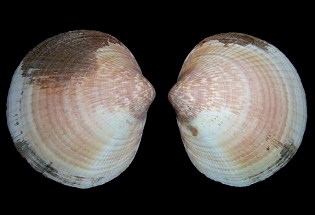 |
|
Incongruous
Ark
|
Giant Bittersweet
Clam
|
 |
 |
|
Common Blue
Mussel
|
Green
Mussel
(Perna viridis) 2" (5cm.) |
 |
 |
|
Saw-toothed
Pen Shell NOTE: The byssus threads of the stiff pen shell which anchor the shell may actually have been the material used by ancient Greeks to make their fine silken gloves and accessories. When these fibers are washed and brushed they are very soft and silky.
|
Japanese Moon
Scallop
|
 |
 |
|
Noble Pecten
|
Calico Scallop
|
 |
 |
|
Atlantic Bay
Scallop
|
Glorius
Scallop
|
 |
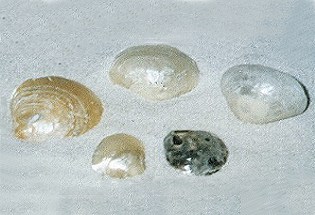 |
|
Atlantic Thorny
Oyster
|
Jingle Shell
|
 |
 |
|
Giant Pacific
oyster
|
Tiger Lucine
|
 |
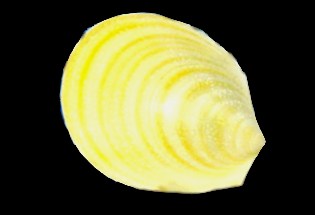 |
|
Spiny Lima
|
Rathbun's Giant
Lima
|
 |
 |
|
Lazarus Jewel
Box
|
Prickly Cockle
|
 |
 |
|
Yellow Prickly
Cockle
|
Strawberry Cockle
|
 |
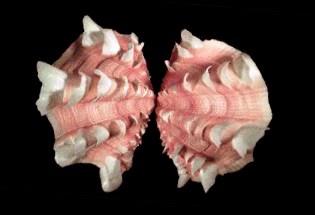 |
|
Heart Cockle
|
Fluted Giant
Clam
|
 |
 |
|
Calico Clam
|
Atlantic Jackknife
Clam
|
 |
 |
|
Sunrise Tellin
|
Rose Petal
Tellin
|
 |
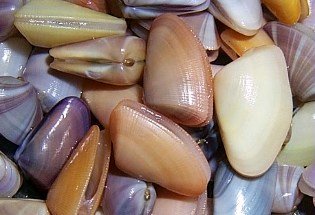 |
|
Sunray Venus
|
Atlantic Cocquinas
|
 |
 |
|
Lettered Clam
|
Northern Quahog
|
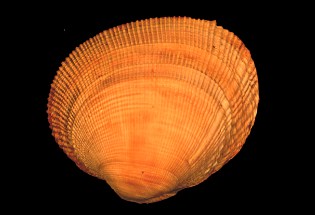 |
 |
|
Common Pacific
or Native Littleneck Clam
|
Manilla Clam
|
 |
 |
|
Angel Wings
|
Shipworms
|
 |
 |
|
Many clam, oyster and other bivalve shells are commercially polished for mother-of-pearl inlay for use in woodwork, crafts or made into such items as fishing lures and jewelry
|
|
 |
|
| Pearls are a very important commercial product often found in many different species of bivalves as well as gastropods. They are found in every colour and some are so rare that they can be worth in the thousands of dollars. | |
|
|
|
 |
|
|
Brachiopod A two-part shell like marine animal called a Brachiopod (Lantern Shells) are often mistaken for a mollusc. |
|